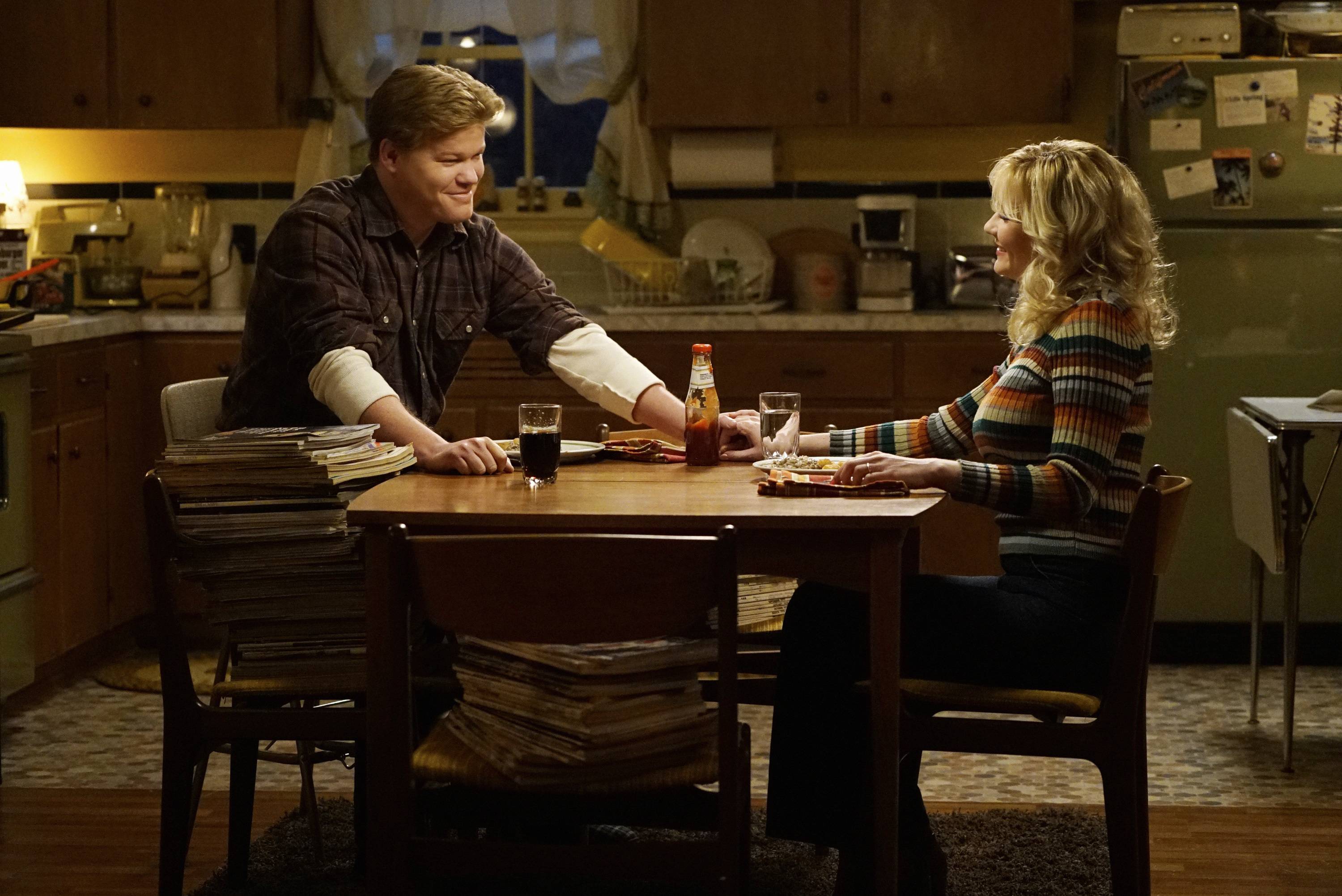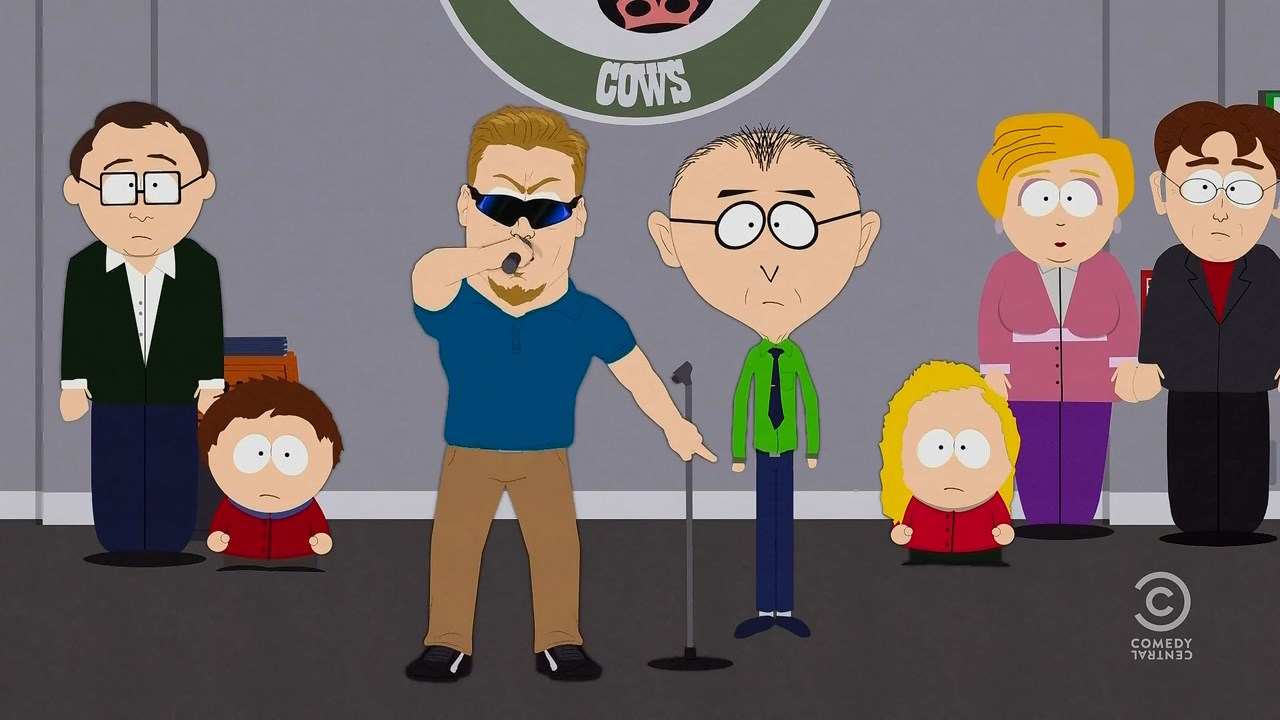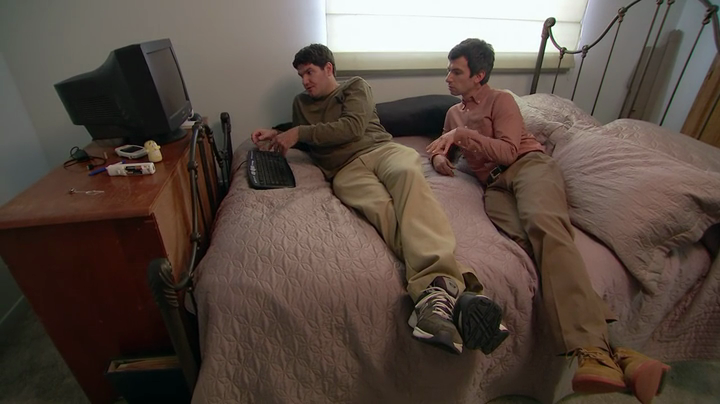(This review contains mild spoilers. Few specifics are given, but events are alluded to)
After True Detective completely squandered all of its good will from year one, all eyes were on Fargo, the second of last year’s extremely successful one-off seasons. Instead of shifting locations like True Detective, Fargo took an arguably more drastic turn by setting its second season in a different time period altogether. By transplanting to 1979, the series was able to introduce a whole new cast, visual style, story, and soundtrack. And yet, the whole thing still felt like a Fargo story should.
But what, exactly, is a “Fargo” story? That such a description can exist at all is credit to the work of showrunner Noah Hawley. Despite the lack of any actual input from the Coen Brothers, Hawley has absorbed and internalized all things Coen and managed to create a series overflowing with the essence of their storytelling. At this point, Fargo is defined by happenstance, misunderstandings, and human error. It always involves well-meaning people who get in over their heads, but beyond these criteria, the rest is free to shift and change.




